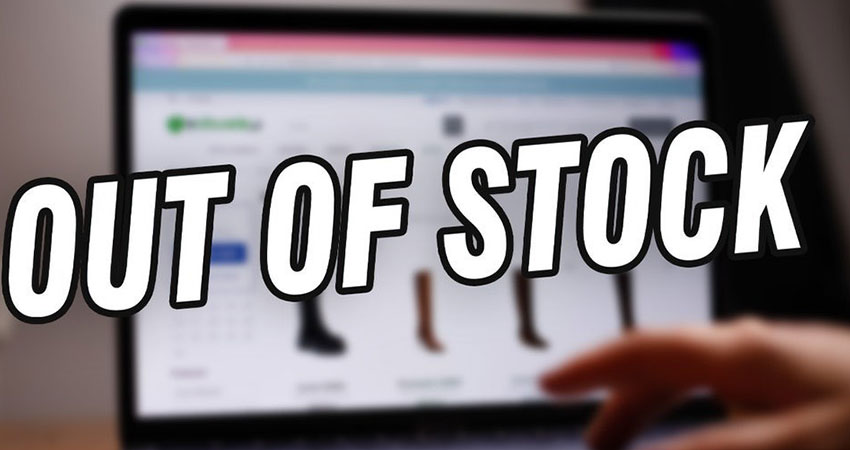Say your brand overcame all the challenges of getting a high-intent shopper to your site for a back-to-school campaign, only to show them an out-of-stock product and watch them leave. While retailers put the blame for out-of-stocks on systems for not talking to each other or, more recently, the supply chain crisis, this poor customer experience ends when retail teams can see and work with shared data in one place.
A survey found that 30% of consumers feel out-of-stocks hurt their shopping experience, but what’s worse is 21% of consumers will buy that same brand elsewhere. Merchants that frustrate shoppers by showing them unavailable products are doing much more than wasting ad dollars and losing a sale. Out-of-stocks often decrease basket sizes, cause VIP customers to leave loyalty programs, damage brand reputations, take customer service members away from helping customers who already bought an item, and spark other fires that don’t drive sales.
Think about when ecommerce teams celebrate after selling out of a high-margin product but the media buyer didn’t pause the ad spend.
Surprise! Great Experiences Rely on Data Democratization
Regardless of company sizes, the causes of out-of-stocks are mostly the same. Inventory is managed in spreadsheets or reports (that often take way too long to produce) by a planning or inventory management team. Even at billion-dollar brands, these teams don’t usually sit down with or share data with the digital team tasked with merchandising the product.
When data that impacts the experiences of online shoppers is in a platform that the ecommerce team — responsible for shaping those experiences — doesn’t use, happy shoppers can become frustrated shoppers. Sadly, the main driver for operational teams to communicate is a consumer voicing their problem, usually in a public way (thanks Twitter). In the case of stockouts, retailers ordering too little or too late can only blame themselves because they have the data to help them, but aren’t using it.
Why Bad Out-Of-Stocks Happen to Good Retail Execs
There are two main reasons retail executives face out-of-stocks. Firstly, retailers are unaware of problems below the surface because they don’t have systems in place to tell them what’s going on. Take inventory alerting as an example. If merchants have this set up to notify them when a SKU will soon be depleted, they can avoid out-of-stocks and not disappoint customers. Inaccurate reporting and poor demand forecasts can be pegged to not having data in one dashboard for everyone to act on.
Secondly, many business leaders can’t recognize how big of a problem something is. Meaning, without the right bits of information they can’t measure the size of the problem, so they don’t know what resources to put towards it.
How retailers can “see” them the same way is by centralizing merchandising, sales and marketing data in one place, which detects and magnifies problems. With an analytics stack built, the bulk of online shopper’s issues are easier to identify and prevent.
Herding the Elephants in the Room: Scattered Data
The beauty of retail operational teams having data in one place is they are permitted to be analytical. And when their ability to do so is sped up, these revenue-driving groups have more time to think strategically about decisions like what purchase orders to place.
When people across departments have access to data, regardless of their roles, truth is established. Only then can two departments like inventory management and digital commerce know which ad campaigns and marketing channels are working, be in the know about incoming inventory, and get their heads out of spreadsheets.
The retailers who equip teams with the right systems to quickly assess, review and easily talk about company wide data, see many of their data fragmentation problems fade away. Since the retail industry obsesses over creating positive shopping experiences, we owe it to shoppers to use every bit of our data to not disappoint them.
Dan LeBlanc is CEO and Co-Founder of Daasity

